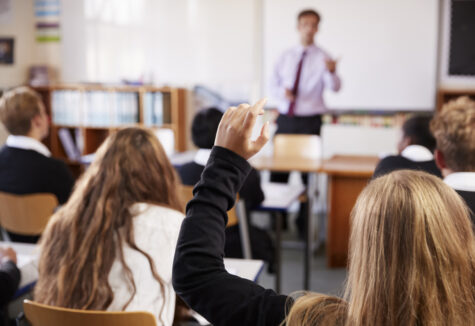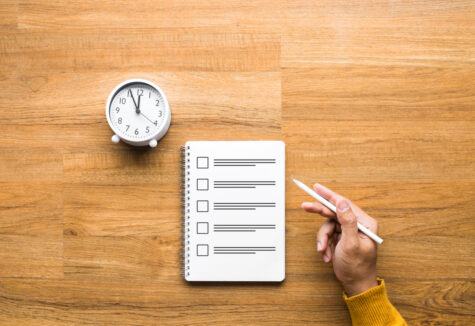- Blog
- > Private School Admissions
Public vs. Private Schools: A Comprehensive Guide for Parents
- Dr. Rachel Rubin
- | February 3, 2020
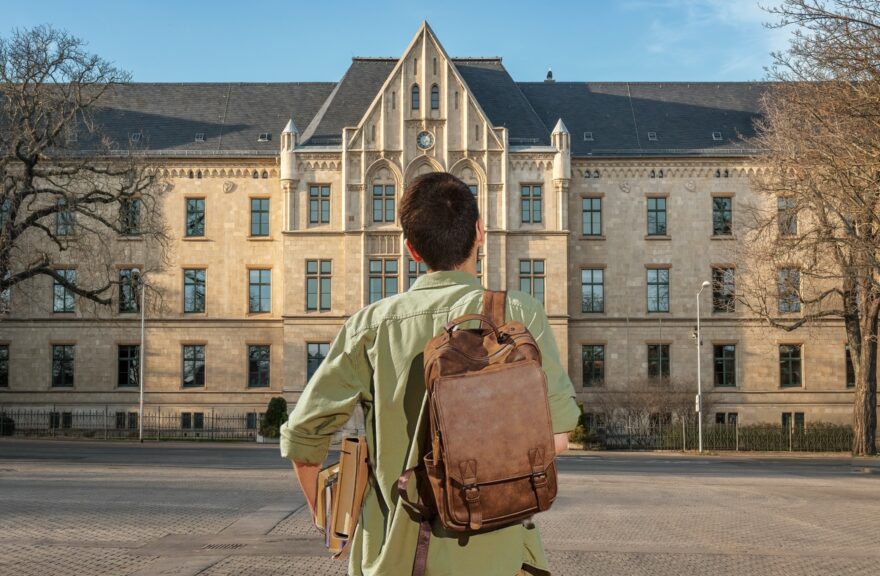
Choosing where to educate your children is among the most important decisions a parent has to make. For many families, the choice between attending a private school and a public school arises as part of this conversation. It’s clear that both types of schools have advantages and disadvantages, so how can you decide which option is better for you?
The truth is that the choice to attend private schools versus public schools depends more on the individual student and family than on any other factor. Therefore, the most important thing you can do as you make this decision is think carefully about your child’s goals and needs, so you can best evaluate which schooling option is right for him or her.
In the end, the best thing for your child in both the near- and long-term is finding a place where he or she will thrive both academically and socially. Here’s how to think about what the major differences between public and private schools mean for your family:
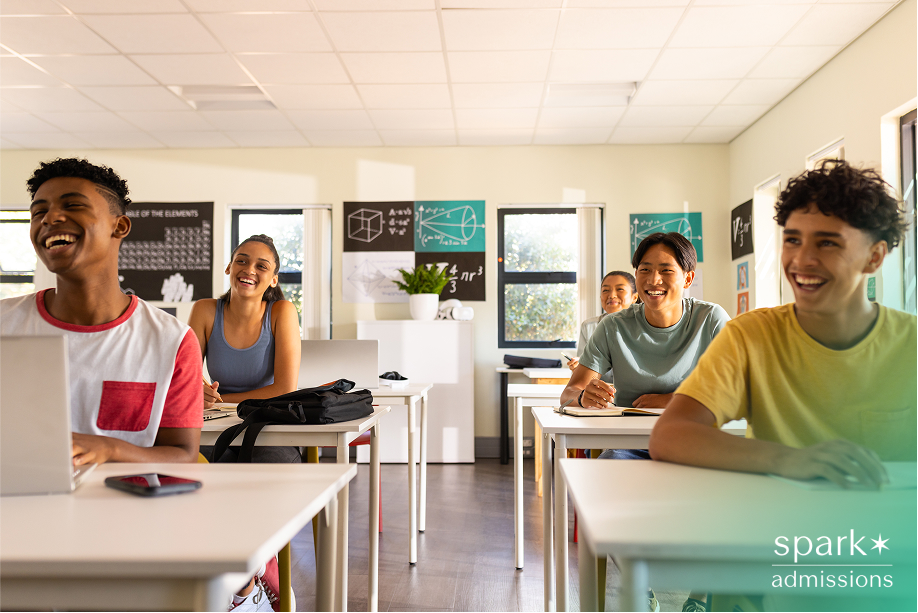
Classroom Environment and Learning Experience
One of the biggest differences between public and private schools is the size of the student body, which affects various aspects of students’ experiences. The most significant advantage cited by private school advocates is smaller class sizes and more individualized attention.
The student-to-teacher ratio at private schools in 2021 was 12.5 students per teacher, lower than the average 15.4 at public schools. And, according to the National Center for Education Statistics (NCES), schools consist of about 19 students per class compared to public schools with an average class size of 25 students. This difference translates to more personalized instruction, early identification of learning challenges, and adapted teaching methods.
Academically, larger student bodies mean increased class sizes and higher student-to-faculty ratios, which some traditional public school students enjoy but others find challenging. Due to the diverse student body, public schools tend to mean leveled classes, which benefits some students but not others.
Extracurricular activities vary considerably between school types. Larger public schools often provide more diverse options due to their size and funding, including competitive athletics and specialized programs. Private schools are smaller, with an average of 166 students per school, which may limit activity variety but allows for greater student participation rates.
Socially, some students thrive in large, heterogeneous environments, exploring new things and meeting new people. Others feel overwhelmed and lost in such settings. As you consider the choice between private and public schools, it’s crucial to understand which sort of student your child is.
Academic Performance and Outcomes
Of course, when thinking about your child’s schooling, the quality of the education is probably at the top of your concerns already. To compare the academics at public and private schools effectively, you’ll want to examine both the big picture and the details.
For the big picture, many private schools tout particular educational philosophies, whether it’s a unique teaching approach or a broader approach to education. As you research, you may find a program that feels like the exact right fit for your child’s learning goals and interests. Or you might find that your local public school meets your academic expectations just as well.
The National Assessment of Educational Progress, commonly known as “the nation’s report card,” which evaluates students from both public and private schools across core subjects, including mathematics, reading, science, and writing, shows an edge. Current NAEP findings confirm what previous studies have demonstrated: private school students score better in almost all subjects.
For more details regarding each school you’re looking at, get into the course guides! Do the schools offer Advanced Placement or International Baccalaureate courses or suitable replacements? Do any offer research opportunities or chances to take classes at a local university? What about interesting elective courses? Once you have a good sense of what your child’s daily course schedule will look like, you can make a more informed decision.
Student success in education ultimately depends on the match between a student’s learning style and the school’s approach. Some students thrive in the structured school environment typical of many private schools, while others benefit from the diverse programs and resources available in larger public school systems.
Student Support Systems and Academic Guidance
The level of support available when your child hits a rough patch differs significantly between school types, but it can make or break a student’s experience. Private schools typically maintain more robust support systems: more counselors per student, specialized learning specialists, and programs designed to catch struggling students before they fall behind. It’s often the kind of safety net that comes with smaller communities and higher per-student resources.
Public schools absolutely care about student success, of course, and many have dedicated teachers and guidance counselors who go above and beyond for their students. However, with larger student populations and limited resources, students often have to be more proactive in seeking help. A guidance counselor managing 400 students simply can’t provide the same level of individual attention as one working with 100.
This difference reveals an important consideration about your child’s personality and maturity level. Some high school students thrive when they learn to advocate for themselves, navigate bureaucratic systems, and independently seek out available resources—skills that serve them well in college and beyond. Others aren’t quite ready for that level of self-direction and flourish in environments where support is more readily available and consistently offered.
The question becomes: does your child need more hand-holding to reach their potential, or will learning to self-advocate actually strengthen their confidence and independence? There’s no right answer—only what works best for your specific child at this particular stage of their development.
Special Education and Learning Support
For families with children who have learning differences or disabilities, the availability and quality of special education services becomes a critical deciding factor. Public schools are required by federal law to provide comprehensive special education services at no cost, including individualized education programs, specialized instruction, and related services like speech or occupational therapy.
Private schools operate with more flexibility but less consistency—some specialize beautifully in serving students with specific learning differences, while others may lack the resources or expertise to provide adequate support. If your child has special needs, carefully evaluate each school’s actual capabilities and track record rather than making assumptions based on school type. The key is finding an environment where your child’s specific needs will be understood, supported, and addressed effectively.
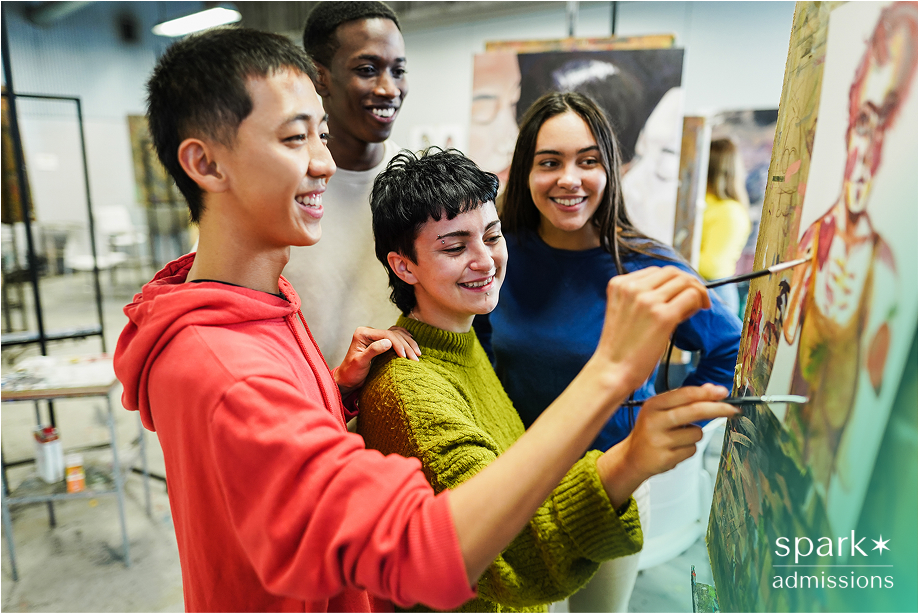
Extracurricular Activities
In thinking about a new school, it’s important that students have opportunities to learn and socialize outside the classroom as well as in it. As you’re choosing between schools, take a look at the club directories to see what kinds of extracurricular activities are offered.
As you review the directories, think about your child’s interests. For kids who love science, are there competitive science and math teams? What about a robotics club? For students who prefer the humanities, what kinds of student publications exist? Can anyone join these organizations, or do they need to take certain courses first? What about clubs focused on community service?
In general, it tends to be easier for students to start clubs at public schools, which means a wider array of clubs than at private schools. As such, it’s often easier for public school students to attain extracurricular leadership roles. At the same time, private school clubs tend to have more structure and oversight, which might be a better fit for your child’s personality.
Location
For most families, the public option is also the closest option. Some may also have private options nearby, while others may be looking further afield. The location of the right private school is something to take seriously, for a host of factors.
Of course, the biggest decision for private education is about boarding versus day. We’ve written on choosing the right private school elsewhere, but if you’re still at the stage of deciding between public and private, it’s worth considering whether your child would enjoy boarding school at all. If not, are there suitable day schools in your immediate area?
If your child does prefer to be a day student, think carefully about the commute time. More time in the car means less time for homework and extracurricular activities. Staying local by sending your child to public school can make life easier; with less travel time, students can more easily get together with their classmates and friends after school and on weekends.
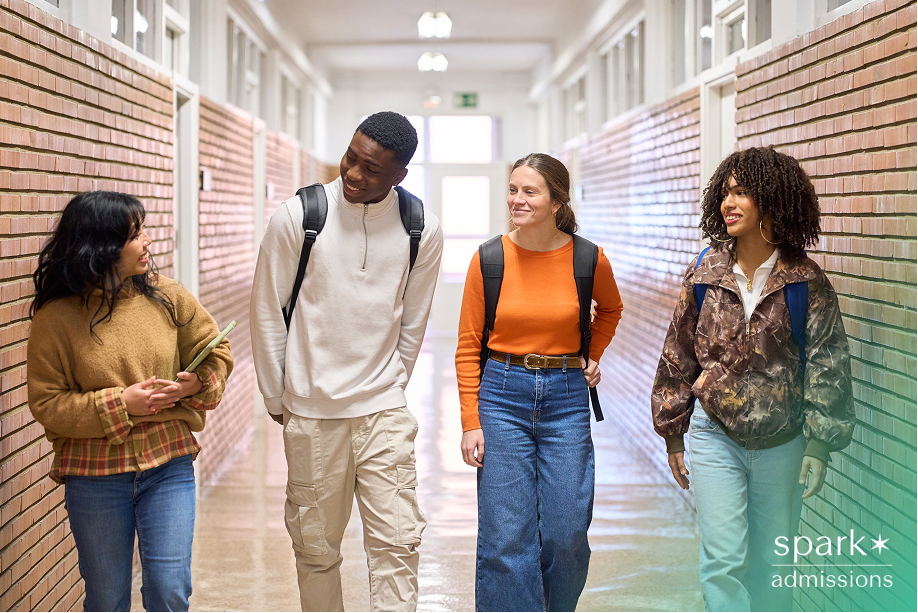
Student Demographics and Social Development
The composition of your child’s peer group shapes their social development in profound ways, making demographic differences between school types worth serious consideration. Between fall 2012 and fall 2022, public school enrollment demographics have shifted notably: Hispanic students increased from 24% to 29% of enrollment, while White students decreased from 51% to 44%, and Black students from 16% to 15%.
Private school enrollment patterns tell a different story. In fall 2021, certain groups enrolled in private schools at higher rates than the 9% national average:
- Pacific Islander students: 13%
- White students: 12%
- Students of two or more races: 11%
- Asian students: 10%
Meanwhile, other groups enrolled at lower rates:
- American Indian/Alaska Native students: 6%
- Black students: 6%
- Hispanic students: 4%
These demographic differences extend to family structure and socioeconomic status in ways that shape school culture. In 2016, 81% of private school students lived in two-parent households, compared to 71% of assigned public school students and 65% of chosen public school students. The educational background of parents also differs substantially: 32% of private school students had parents with graduate or professional degrees, compared to just 15-16% in public schools.
Economic disparities create different social environments. Only 8% of private school students lived in low-income households in 2016, compared to 18-19% of public school students. Such disparities affect everything from fundraising capacity to the types of family activities and expectations that permeate school culture.
College Admissions
One of the most common questions we hear is: which will be better for getting into a good college, private or public school? The answer is: it depends on the student. To get into selective colleges and universities, a student needs to succeed both in and outside the classroom.
Colleges don’t prefer private to public high schools, or the reverse; they want to see strong students who are leaders, collaborators, and curious thinkers. If your child will succeed in a place with a diverse population, ample extracurricular opportunities, and rigorously leveled classes, then public school is the right choice. If they need more consistent support, opt for private school.
College admissions is also a reason to think about the academics and extracurricular activities of your school options. Where will your student be able to develop his or her academic interests? Where can he or she take Advanced Placement courses? Where can he or she obtain leadership roles? Colleges care more about what a student does than where he or she does it.
Cost
Finally, of course, there’s the matter of cost. For most families, financial considerations significantly influence—or determine—school choice. Public schools are free to attend, though “free” comes with caveats. Families typically encounter costs for supplies, activity fees, athletic participation, and transportation, which could be included in the student fees at a private school. Nevertheless, the overall cost differential is likely to be substantial, and some costs, like those for summer programs, will occur in either case.
Private school tuition varies dramatically—from several thousand dollars annually at some Catholic schools to over $40,000 at elite preparatory institutions. But tuition represents just the beginning. Additional fees often apply for technology, activities, uniforms, capital improvements, and sometimes mandatory fundraising participation.
Decisions about money are unique to every family; we all value different things, or at least weigh them differently. Answering the question of whether private school is worth the money is something all parents must decide for themselves, based on all available information about their child, their goals, their values, and their financial circumstances.
Making the Right Choice for Your Child
Ultimately, to choose between private and public high school requires you to decide whether you want an environment that caters to a particular kind of student and is driven by a particular philosophy or an environment in which all students have ample opportunity to meet new people and learn new things but may need to develop initiative and self-confidence in order to do so.
If you look, you’ll find passionate defenders of each approach and plenty of success stories from both types of schools. In the end, the answer will depend on your child, your family, and how you weigh the importance of everything we’ve said here. Having a vision for your child’s education, starting now and extending into college and beyond, will help you make the right choice.
If you decide to apply to private school, check out our resources on the application process, or give us a call. Our team of expert college admissions consultants would be happy to help you think through this decision!
